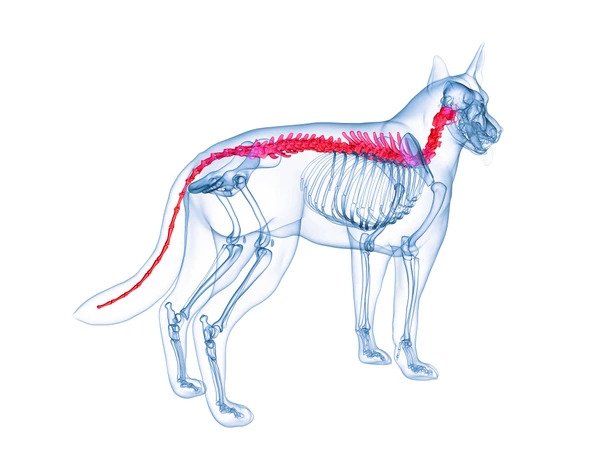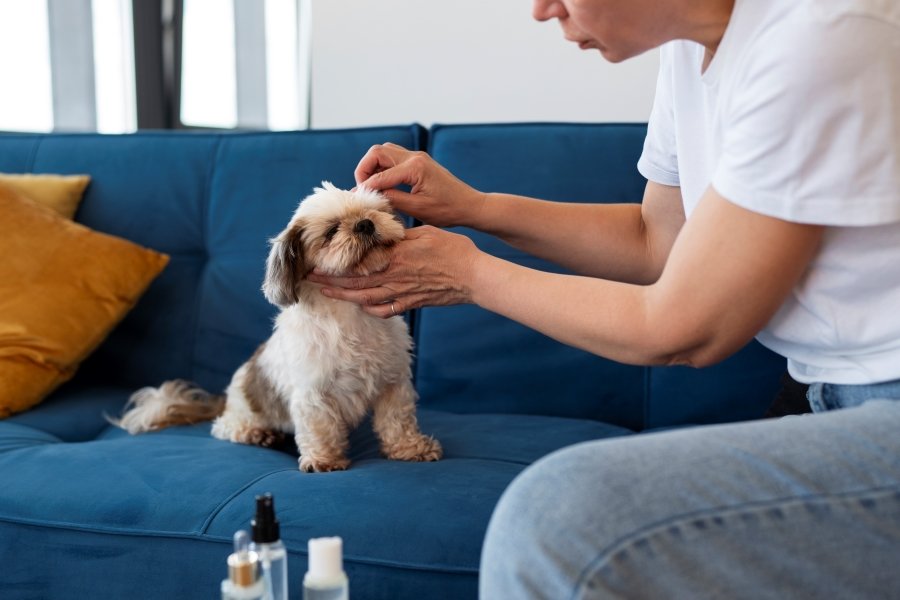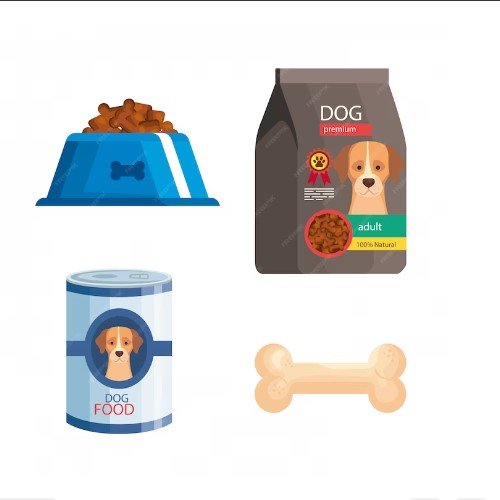Lion Cut Cat: A Majestic Makeover for Your Furry Companion
Step into the world of feline glam with our blog post, "Lion Cut Cat: A Majestic Makeover for Your Furry Companion." Get ready to discover the magic of transforming your kitty's look into something truly majestic! We'll share friendly tips, introduce you to fantastic groomers worldwide, and show you how the Lion Cut can give your cat that perfect, enchanting charm. Join us on this easygoing journey to make your lion cut cat the talk of the town! 🦁✨

"The Lion Cut: Transforming Your Cat into Royalty"
Ever seen a cat strut around like it owns the place? Well, give them a lion cut and watch their inner monarch roar to life! This majestic makeover isn't just about style; it's about feline pride.
What is a Lion Cut for Cats?
Imagine your fluffy feline with a mane that rivals Mufasa’s. That’s the lion cut! It’s a grooming style where a cat’s body is shaved, leaving fur on the head, neck, and tail tip, making them look like the king of the jungle.
The Benefits of a Lion Cut for Your Feline Friend
Not only does this cut make your cat the coolest kitty on the block, but it also has practical perks. It’s a summer favorite—keeping your furball cool and collected. Plus, it minimizes matting, reduces shedding, and can be a flea-fighting superhero.
Lion Cut Styles: From the Classic Mane to Creative Variations
The classic lion cut is just the beginning. Want to jazz it up? Add a pom-pom on the tail or boots on the paws. Whether your cat is a Persian princess or a Ragdoll rascal, there’s a lion cut that’ll make them purr with pleasure.
And there you have it—a glimpse into the regal world of lion cuts for cats. It’s more than a haircut; it’s a throne for their furry majesty. So, are you ready to crown your feline friend?

Preparing for Your Cat's Lion Cut
Alright, cat enthusiasts! If you’re looking to give your furball a lion cut, you’re in for a treat. It’s not just a haircut; it’s a ticket to the cool cats club. But before your kitty can start turning tails, let’s talk prep.
Understanding the Costs: Price Range for a Lion Cut
Let's not beat around the bush—quality comes with a price tag. Depending on where you live and your cat's diva demands, a lion cut can cost anywhere from "that's a steal!" to "is this groomer moonlighting as a diamond thief?" However, keep in mind that a well-executed lion cut holds its value like a treasure trove of catnip.
Finding the Right Groomer for a Lion Cut Near You
Certainly, you wouldn't place your trust in just anyone for your hair, would you? Same goes for your cat. Scour those local listings or hit up your pet-owning pals for recommendations. Look for a groomer who can talk the feline talk and walk the grooming walk. A good groomer should have a portfolio that makes your cat purr with anticipation.
How to Prepare Your Cat for Grooming
Now, don't just throw your cat into the grooming gauntlet. Ease them into it. Play with their paws, give them a mock 'spa day', and maybe even run the vacuum a bit to get them used to the buzz. It's all about making them comfortable with the idea of being pampered.
And there you have it—a quick guide to getting your cat ready for their lion cut. Stay tuned for more tips on how to keep your feline feeling groovy post-trim!
The Grooming Process: A Step-by-Step Guide
Alright, cat guardians! It's showtime—or should I say, 'show-off time'? Because once your kitty gets that lion cut, they'll be the main event. Here's the lowdown on what goes down during the grooming extravaganza.
Aftercare: Ensuring Your Cat's Comfort Post-Grooming
Once the cut is done, it's cuddle time. Your cat might act a tad dramatic at first—like they've just returned from an epic quest. Keep them warm, give them extra love, and maybe a treat or two. It's all about helping them settle into their new, majestic self.
And that's the scoop on the grooming process. Stay tuned for more purr-tastic tips on keeping your lion king or queen happy and healthy!
What to Expect During the Lion Cut Grooming Session
Picture this: Your cat, chilling on the grooming table, while the groomer works their magic. There will be buzzing, snipping, and your cat looking confused yet oddly dignified. It's a bit like a spa day, but with more fur flying around. And don't worry, your cat's comfort is the groomer's top priority.
Techniques for a Safe and Comfortable Lion Cut
The best groomers are like cat whisperers—they know just how to keep your fur baby calm. They'll use gentle holds, soothing words (yes, cats totally understand), and give breaks if needed. It's all about creating a zen zone for your little lion.

Lion Cut Considerations for Different Breeds
When it comes to the lion cut, not all cats are created equal. Some are born to wear the mane, while others might look more like a lion's lunch. Let's dive into the hairy details for different breeds.
The Lion Cut on Maine Coons and Other Long-Haired Breeds
Maine Coons? More like Maine Kings! These fluffy giants were practically born to sport the lion cut. It's not just about looking regal; it's about keeping those long, luxurious locks free of mats and tangles. And let's be honest, a Maine Coon with a lion cut is basically a walking, purring, Instagram moment.
Is the Lion Cut Suitable for Short-Haired Cats?
Short-haired cats looking at the lion cut like, "What about us?" Fear not, petite panthers! While you might not have the fluff factor, a lion cut can still reduce shedding and keep you cool as a cucumber. Just make sure your groomer knows their stuff—no one wants a lion cut that looks like a bad hair day.
Special Considerations for Persian and Ragdoll Cats
Persians and Ragdolls, the aristocrats of the cat world, can rock a lion cut like nobility. But remember, these breeds have super soft fur that can mat faster than you can say "treats, please!" A lion cut can be a game-changer, keeping them looking and feeling like the royalty they are.
And there you have it, a quick guide to the lion cut across the feline kingdom. Whether your cat is a long-haired lord or a short-haired sovereign, they're just a snip away from their majestic makeover!

Health and Wellness: The Lion Cut's Impact
Let's get down to the nitty-gritty of the lion cut's effects on your cat's well-being. Is it just a snazzy haircut, or is there more to this story? Spoiler alert: It's not just about looking fab.
Can a Lion Cut Benefit Your Cat's Health?
Absolutely! A lion cut can be like a day at the spa for your kitty. It's especially great for cats who hate brushing or are prone to mats. Think of it as a reset button for their fur, giving them a fresh, clean start. Plus, it's a lifesaver during those sweltering summer months.
What to Do if Your Cat Shivers After a Lion Cut
Shivering post-cut? It's not a catwalk in the park for some kitties. Keep them warm with a cozy blanket or a sunny spot by the window. It's like giving them a hug without actually, you know, hugging them (because of dignity, folks).
And there you have it—the lion cut decoded. It's not just a style statement; it's a health choice for your feline friend. So, ready to book that grooming appointment?
Addressing the Myth: Is the Lion Cut Cruel?
Let's bust this myth wide open: No, the lion cut isn't cruel—when done right. It's all about the groomer's skill and your cat's comfort. If your furball is chill with it, then you're golden. Just make sure to find a groomer who treats your cat like the royalty they are.

The Aesthetics of the Lion Cut
Who says cats can't be fashion-forward? With a lion cut, your feline friend can turn heads and tails alike. It's more than a mere trim; it's a bold declaration. Let's dive into the chic world of lion cuts and see how your cat can wear it with style.
The Visual Appeal of a Lion-Trimmed Cat
A lion cut can transform your cat from a cute cuddle buddy to a majestic mini-monarch. It’s the ultimate blend of adorable and awe-inspiring. Plus, it’s a fantastic conversation starter. “Yes, my cat does look like a tiny lion, thanks for noticing!”
Color Considerations: Lion Cuts on Black, White, and Tuxedo Cats
Black cats with lion cuts become sleek panthers, white cats turn into regal albinos, and tuxedo cats? Well, they’re just ready for a black-tie gala in the savannah. Each color brings out a different aspect of the lion cut’s charm, making every cat a unique piece of art.
Photo Gallery: Showcasing Majestic Lion Cut Transformations
Imagine a gallery of feline finesse, a parade of pampered pets, each flaunting their lion cut. From fluffy to fierce, these before-and-after shots are not just cute—they’re catwalk-ready. It’s the purr-fect way to show off your cat’s new ‘do.
And there you have it—the aesthetic journey of a cat with a lion cut. It’s bold, it’s beautiful, it’s… beastly? Whatever it is, it’s bound to make your cat the mane attraction!



Frequently Asked Questions About the Lion Cut
Curiosity didn't just bother the cat; it also made them look fabulous! Here's the 411 on the lion cut, answering all those burning questions you've been itching to ask.
How Long Does It Take for the Fur to Grow Back?
Patience is a virtue, especially when waiting for your cat’s fur to return to its former glory. Typically, it takes about 3 to 6 months for a full regrowth, but hey, every cat’s a unique snowflake when it comes to hair growth.
Managing Your Cat’s Look: Maintenance of the Lion Cut
Keep your lion-looking kitty feeling fresh with regular brushings and maybe a sweater when it’s chilly. Think of it as maintaining their royal attire. And remember, even a lion needs a touch-up now and then.
Alternatives to the Lion Cut: Other Grooming Styles
Not keen on the lion look? No worries! There’s a whole world of styles out there. From the practical “kitty crewcut” to the fabulous “feline fauxhawk,” your cat can still be the trendiest pet on the block.
And that’s the skinny on keeping your cat’s lion cut looking sharp. Whether you’re waiting for the fur to fly back or just keeping it trim, your cat’s sure to be the pride of the neighborhood.
Conclusion
As we wrap up this whisker-twitching tale of transformation, remember that the lion cut is more than a snip and a shave. It's a rite of passage for your feline friend, a journey from housecat to household royalty. It's about celebrating their majestic spirit and watching them embrace their newfound lionhood with every prance and purr.
So, if you're pondering whether to bestow this noble hairstyle upon your kitty, consider this: the lion cut could be the crowning glory they never knew they needed. Dive into our article, "Lion Cut Cat: A Majestic Makeover for Your Furry Companion," and discover how this bold style choice could be the mane event in your cat's nine lives.
Resources
Veterinary Websites:
American Veterinary Medical Association (AVMA): https://www.avma.org/
The Cornell Feline Health Center: https://www.vet.cornell.edu/departments-centers-and-institutes/cornell-feline-health-center
Pet Care and Grooming Websites:
The Spruce Pets: https://www.thesprucepets.com/
PetMD: https://www.petmd.com
Cat Enthusiast Forums and Communities:
Catster Forums: https://www.catster.com/forums
The Cat Site Forums: https://thecatsite.com/forums/
Cat Grooming Experts' Blogs:
Pam Johnson-Bennett's blog: https://www.catbehaviorassociates.com/
The Conscious Cat: https://consciouscat.net/
Popular Pet Magazines:
Pet Gazette: https://www.petgazette.biz/
Catster Magazine: https://www.catster.com/
Educational Institutions' Pet Health Sections:
UC Davis School of Veterinary Medicine -
Small Animal Health: https://www.vetmed.ucdavis.edu/small-animal














 Dosage: How Much Eggshell Powder to Feed Your Dog?
Dosage: How Much Eggshell Powder to Feed Your Dog?















































